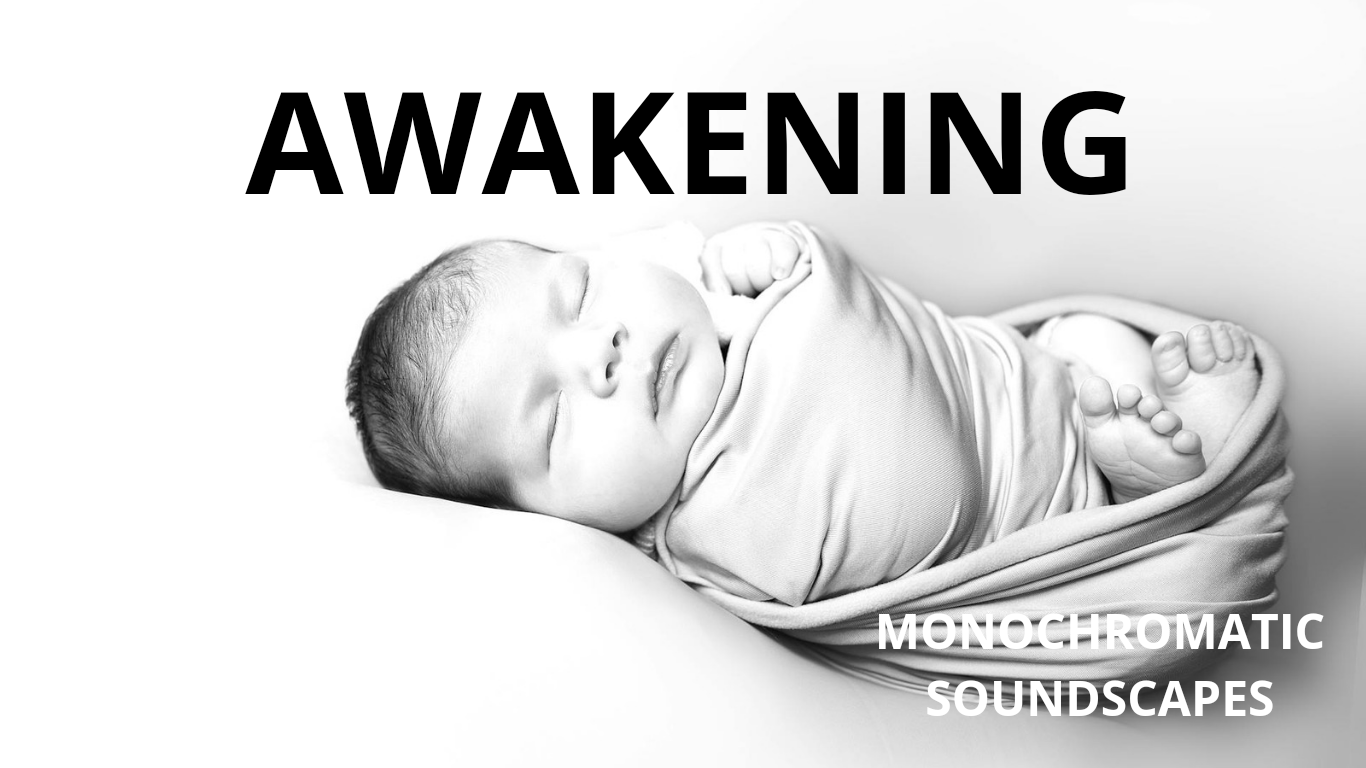The Power of Black and White Art: Monochromatic Soundscapes
Black and white art has a unique power to convey emotions and create a deep connection with the viewer.
Without the distraction of colors, black and white art focuses on shapes, textures, and contrasts, allowing us to experience the world in a completely new way.
History of Black and White Art
Black and white art has a rich history that spans centuries. From early cave drawings to modern photography, artists have used this technique to express their ideas and feelings. Renowned artists like Ansel Adams and Henri Cartier-Bresson are masters of black and white photography, while painters like Pablo Picasso explored this technique in their works.
Why Black and White Art?
Focus on Details: Without colors to distract, black and white art allows viewers to focus on details and textures.
Emotional Depth: Black and white art often conveys deeper emotions and creates a stronger impact.
Timelessness: Black and white art has a classic and timeless look that never goes out of style.
Creating Monochromatic Sounds
Monochromatic sounds are the audio equivalent of black and white art. By using simple tones and minimal effects, you can create soundscapes that are as powerful as visual art. Here are some tips:
Simplicity: Use simple tones and minimal effects to create a clean sound.
Contrast: Experiment with contrasts between different tones to create dynamic soundscapes.
Texture: Add textures and layers of sound to create depth and complexity.
Black and white art and monochromatic sounds have a unique power to convey emotions and create a deep connection with the viewer.Through simplicity and focus on details, these forms of art allow us to experience the world in a completely new way.


Коментари
Постави коментар